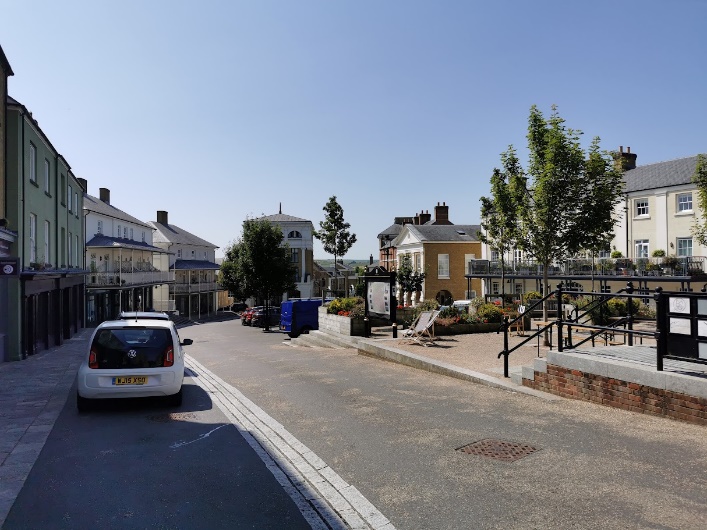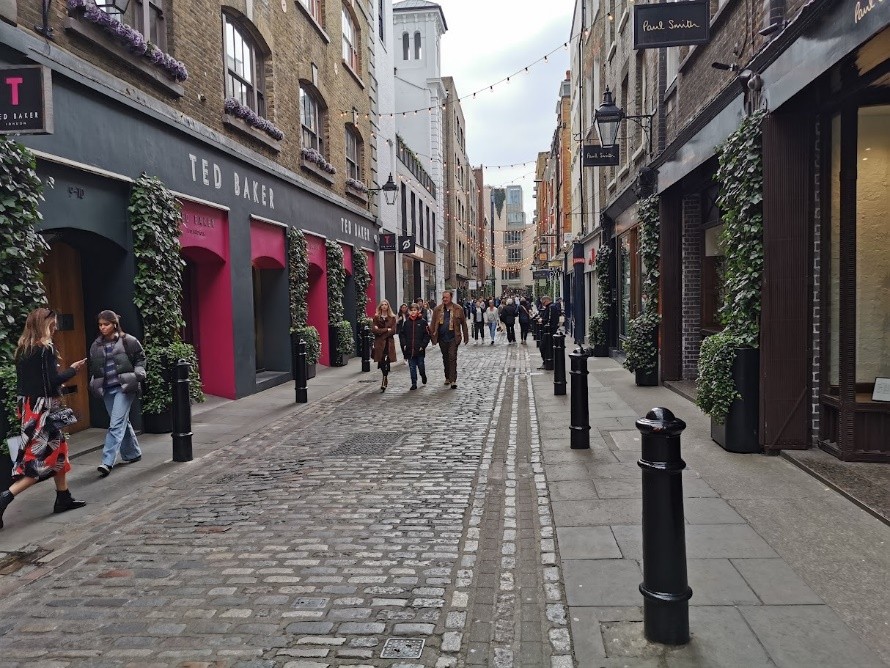At Create Streets, we think a lot about how to make places better—more beautiful, more walkable, more enduring. But what if we also designed places to get stronger through stress?
That’s the idea at the heart of antifragility, a concept coined by Nassim Nicholas Taleb. Where resilience resists shocks, antifragility thrives on them. It’s about systems—cities, firms, neighbourhoods—that don’t just survive volatility, but improve because of it.
In a world of climate stress, political flux and economic churn, this mindset matters more than ever. So how could we bring antifragility into how we design and influence places?
1. Build Places That Adapt, Not Snap
Many modern places are over-specified. Designed in a boom, they break in a downturn. We think cities should be more like coral reefs: built to change, accrete, and be reused.
That means designing:
- Streets that can evolve block by block
- Buildings with adaptable frontages and layouts
- Design codes that reward pattern, not rigidity
The most loved streets in Britain—Georgian terraces, market lanes, Edwardian shopping streets—are inherently antifragile. They survive generations of change because they were never finished in the first place.
In Antifragile, Nassim Taleb highlights how removing street signs and overregulation can actually improve safety. In the Dutch town of Drachten, an experimental removal of all traffic signals and markings led to a surprising drop in accidents. Drivers, now lacking external cues, became more alert and responsible—an example of antifragility, where exposure to mild stress sharpened attention and behaviour.
A similar principle is at work in Poundbury, England, where road markings and signage are intentionally minimal. This approach not only reduces accidents but also fosters more human, attractive, and walkable environments. These examples show that less control can yield more order—places become both safer and more beautiful by designing for human intuition rather than blind compliance.


No paint and no signs in Poundbury (left) and Nansledan (right)
2. Embed Antifragility in Policy and Practice
In our work with local authorities, developers and residents, we can help make neighbourhoods more antifragile by:
- Advocating for phased, flexible development over rigid masterplan
- Supporting community stewardship that grows over time
- Create places with multiple ways to get about, buses, trams, trains and walking routes, not just road access that fails with one accident or flood.
- Helping councils create street-based design codes that can flex as places evolve
We’re also exploring how Local Development Orders and new permitted street extensions could allow neighbourhoods to grow in granular, iterative ways.

Left: a town extension connected via organic routes. Right: a town extension built in isolation to its neighbour
3. Influence Policy Through Discovery, Not Perfection
If the last few years have taught us anything, it’s that top-down certainty is often a mirage. We need to design processes and policies that learn.
That means:
- Supporting local experimental zones where new rules can be tested
- Creating toolkits that evolve based on what works on the ground
- Valuing pattern languages over static manuals
Our recent work on design codes has shown that communities respond best not to rigid prescriptions—but to clear intentions that let places grow.
Why It Matters
In a time of low trust, financial pressure and climate stress, antifragility isn’t a luxury, it’s a necessity. We believe places should mature like wine, not crack like glass.
That’s why we’re beginning to weave antifragility into our work, from how we help design streets to how we run projects.
Written by David Milner, Managing Director of Create Streets. Inspired by the ideas of Nassim Nicholas Taleb and decades of urban trial and error.
Want to work with us on building antifragile places? Get in touch


